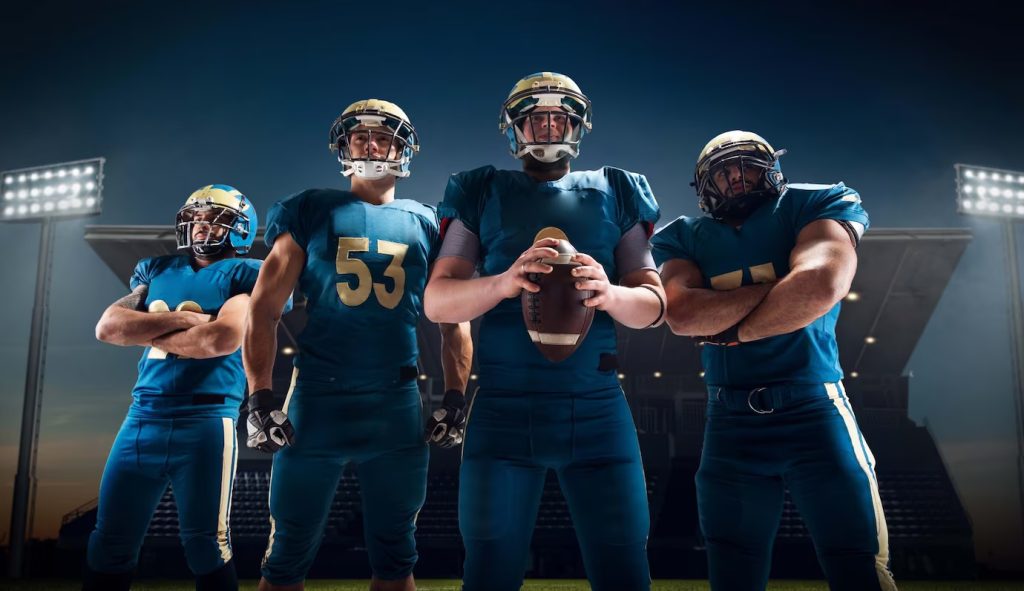Uncategorized
A Disputed Try
Scotland were leading by a try to nil when one of their players, CW Berry, “knocked back” the ball near their line when it was “thrown out from touch” – in modern parlance, in a Read more…

Rugby is a thrilling and dynamic sport enjoyed by millions of fans worldwide. Alongside the excitement of watching the game, many enthusiasts also engage in rugby betting, adding an extra layer of anticipation and potential profit. In this article, we will provide you with a comprehensive guide to rugby betting, offering expert tips and strategies to enhance your chances of success in this exciting form of sports wagering.
Rugby betting can be a rewarding and exhilarating experience when approached with knowledge, research, and a strategic mindset. By applying these expert tips and strategies, you can enhance your chances of success in rugby betting. Remember to stay disciplined, manage your bankroll wisely, and continually update your knowledge to adapt to the ever-evolving world of rugby. Enjoy the thrills of the game and may your rugby betting endeavors be filled with excitement and profitable outcomes.

Undocuscholars.com is a trusted website that focuses on showcasing the top online casinos in Mexico. With comprehensive reviews and essential information, it serves as a reliable resource for players seeking the best gambling experiences from the comfort of their homes. Whether you’re a seasoned player or new to online casinos, undocuscholars.com provides valuable insights to enhance your gaming journey.
Scotland were leading by a try to nil when one of their players, CW Berry, “knocked back” the ball near their line when it was “thrown out from touch” – in modern parlance, in a Read more…
As the year drew to a close the All Blacks made the journey from Twickenham to Portsmouth to meet Hampshire on Wednesday December 17th 1924. So far the tour had gone well for them. Although Read more…
He was born on 9th November 1856 in Dublin , the eldest son of William Barclay Browne Scriven, a Physician, and Sarah (nee Hamilton ). His grandfather, Henry Alexander Hamilton, bequeathed to his parents when Read more…